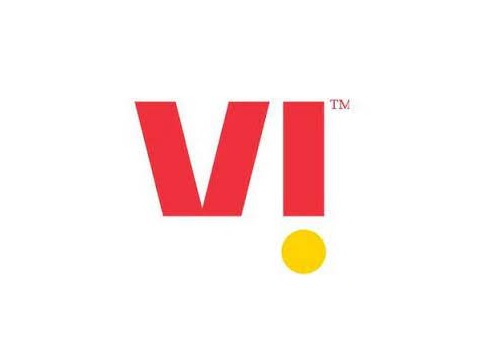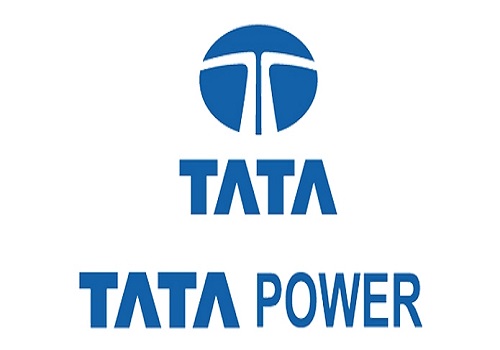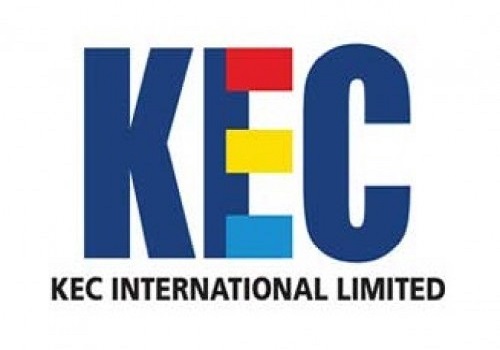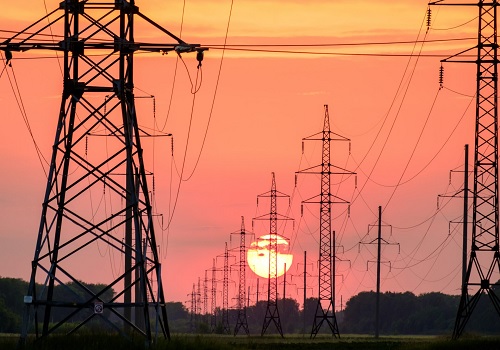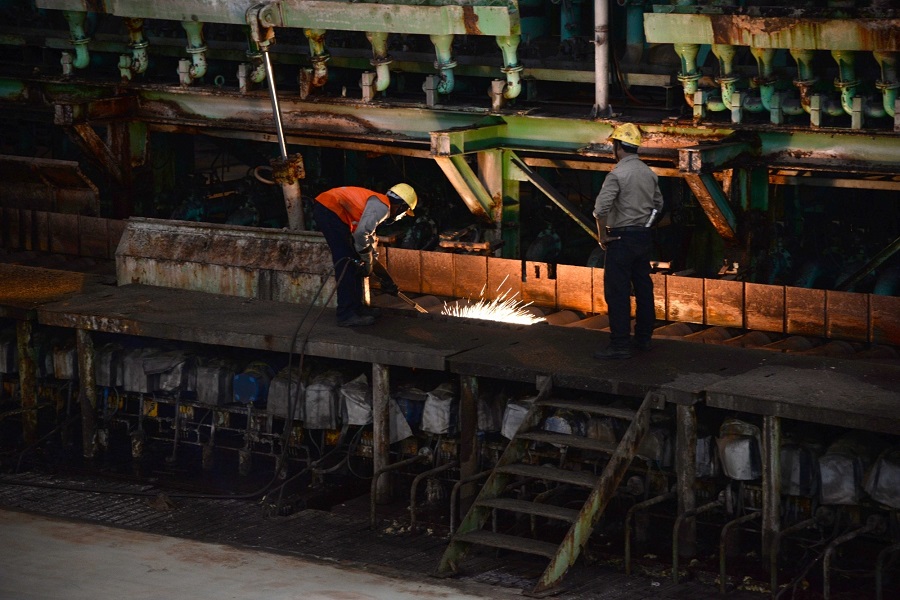Import dependency of India’s urea industry to fall 10-15 pc this fiscal
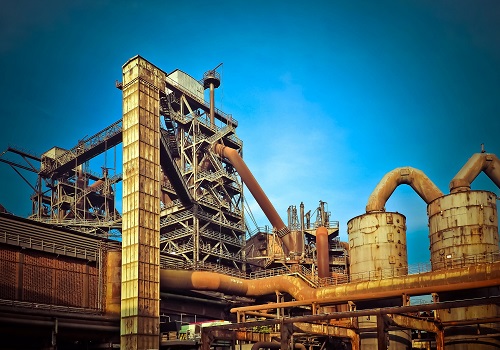
The import dependency of India’s urea industry, contributing to 55 per cent of chemical fertiliser demand, is expected to fall to 10-15 per cent in the near-to-medium term from its peak of 30 per cent seen in fiscal 2021, a report showed on Wednesday.
This will be mainly driven by commencement and stabilisation of new capacities, as the industry takes strong strides towards self-sufficiency, according to a Crisil Ratings report.
To boost domestic production, the government notified the New Investment Policy 2012 (NIP 2012) in fiscal 2013. Under this, six plants with a total capacity of 7.62 million tonnes (25 per cent of the domestic capacity) have been gradually commissioned over the past five fiscals.
“The NIP 2012 has played a crucial role in reducing import dependence structurally. The new plants are expected to operate at 100 per cent capacity utilisation this fiscal, as against 85-90 per cent in the previous fiscal, as operations stabilise,” said Anand Kulkarni, Director, Crisil Ratings.
The likely commissioning of one more plant by next fiscal will further boost domestic production. These new plants will see steady regulated returns as utilisation improves.
According to the report, as for the legacy capacities, profits will remain stable this fiscal, in line with raw material prices and policies. That, and adequate subsidy allocation will keep credit profiles stable
The report mentioned that working capital cycles remain stable, backed by government measures. The urea industry relies heavily on government subsidies, which is typically 80-85 per cent of sales.
Nitin Bansal, Associate Director, Crisil Ratings, said the budgetary allocation of Rs 1.19 lakh crore for urea will be adequate and hence no major build-up of subsidy receivables is expected this fiscal.
“With no significant capital expenditure, the net leverage is expected to remain comfortable at 3 times this fiscal, in line with fiscal 2024,” Bansal added.
Urea makers get reimbursements of a defined fixed cost per ton along with raw material cost as per prescribed energy norms. The existing energy efficiency norms announced in March 2018 are applicable till end of fiscal 2025.
